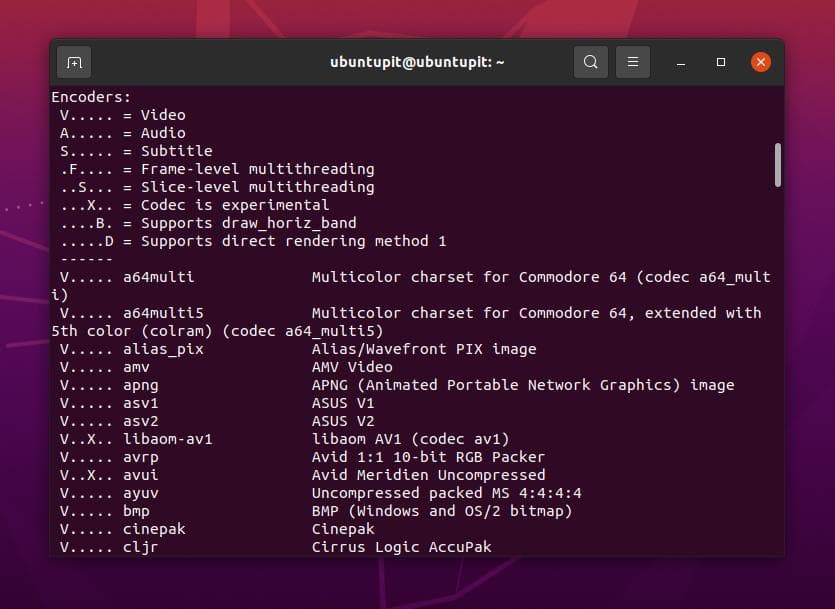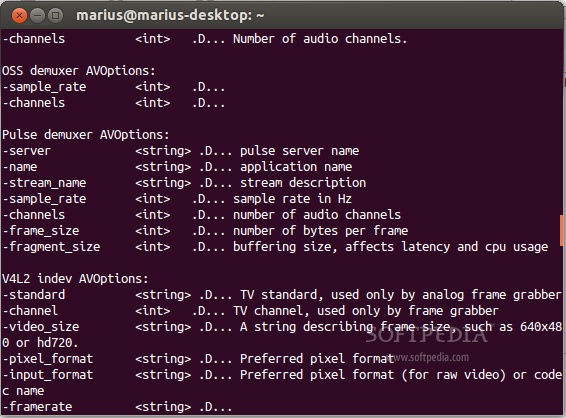


sudo subscription-manager repos -enable "codeready-builder-for-rhel-8-*-rpms" Tools for transcoding, streaming and playing of multimedia files. Then use subscription manager to enable the codeready-builder repository. In fact the first two steps are identical. Ffmpeg-libs Download for Linux (apk, rpm) Download ffmpeg-libs linux packages for Adlie, Alpine, CentOS, Fedora Adlie 1.0 Alpine 3.16 Alpine 3.15 Alpine 3.14 Alpine 3. The steps required to install FFmpeg on Red Hat 8 are very similar to CentOS 8 above. sudo dnf install ffmpeg Installing FFmpeg on Red Hat 8 Now that we have all of our prerequisites installed, we can use DNF to install FFmpeg and all it's dependencies. sudo dnf config-manager -enable PowerTools The last step is to enable the PowerTools repository in CentOS 8. Next we install the RPM Fusion repository will provides the base FFmpeg and other required packages. Let's walk through them one by one.įirst we need to install and enable the EPEL repository since it contains several required packages. Installing FFmpeg on CentOS 8 takes several steps. yum install ffmpeg Installing FFmpeg on CentOS 8

Then use YUM to install the FFmpeg package via YUM.

You must first install the RPM Fusion repository like so: sudo yum localinstall -nogpgcheck You have to run the following aptitude command given below on your terminal shell to install the FFmpeg framework on your Ubuntu, Kali Linux, Linux Mint, and other Debian based Linux distributions. The FFmpeg package is not available in the base repositories. You can install the FFmpeg tool through the official repository of Linux. Installing FFmpeg on CentOS 7 or Red Hat 7


 0 kommentar(er)
0 kommentar(er)
